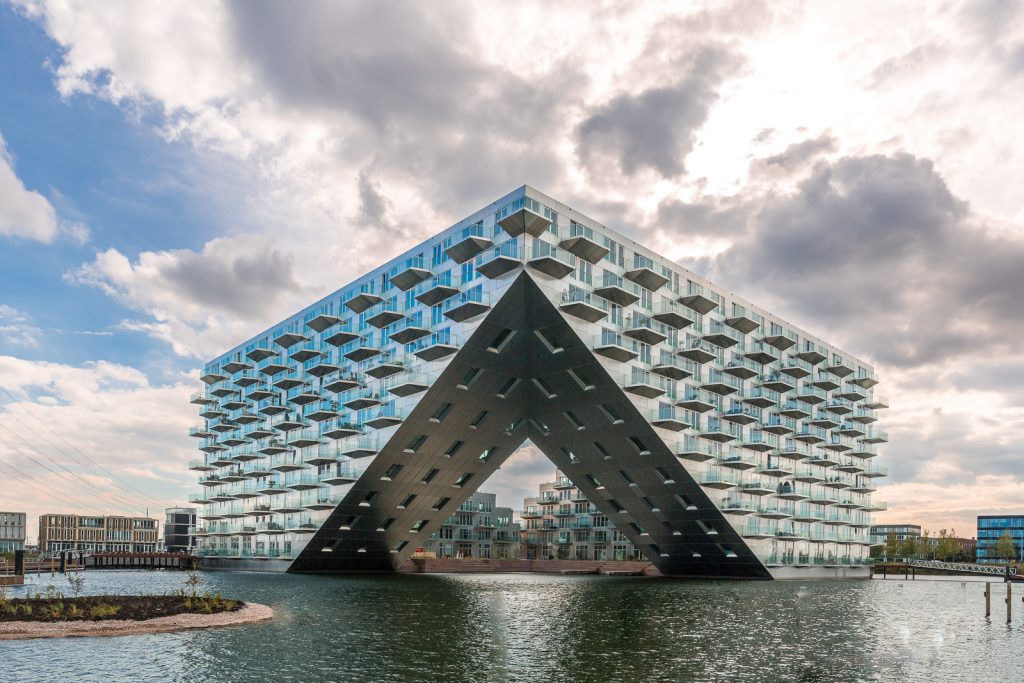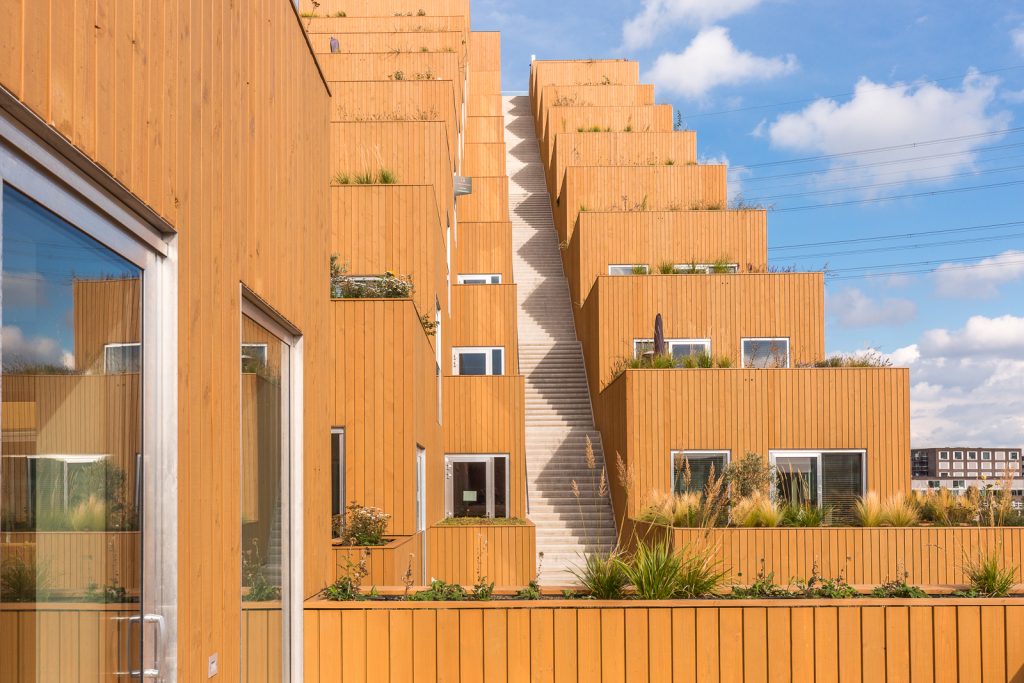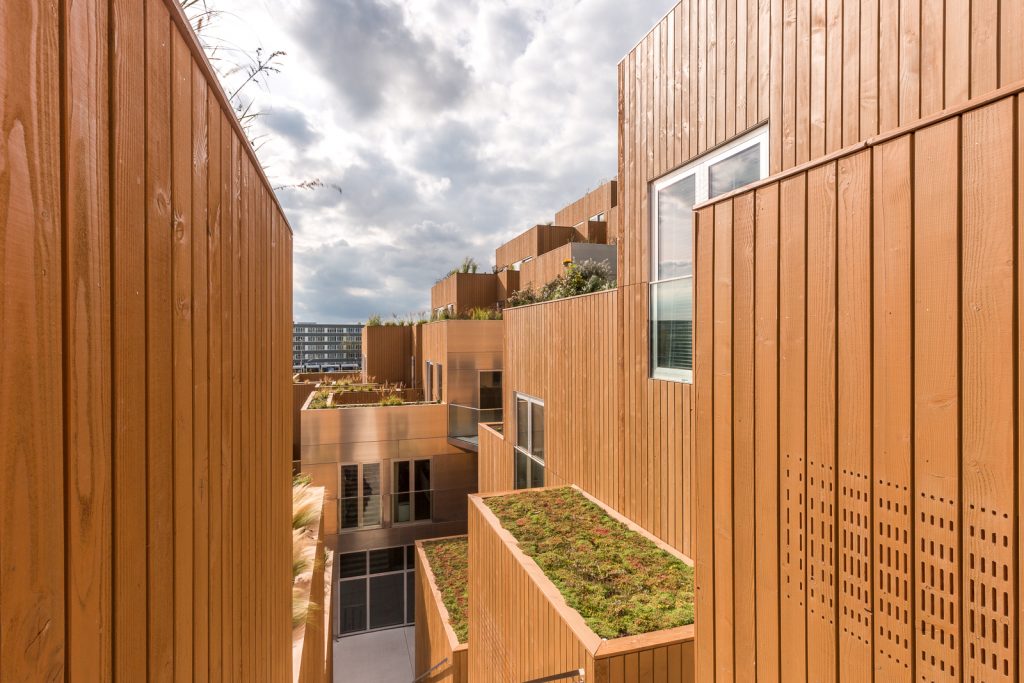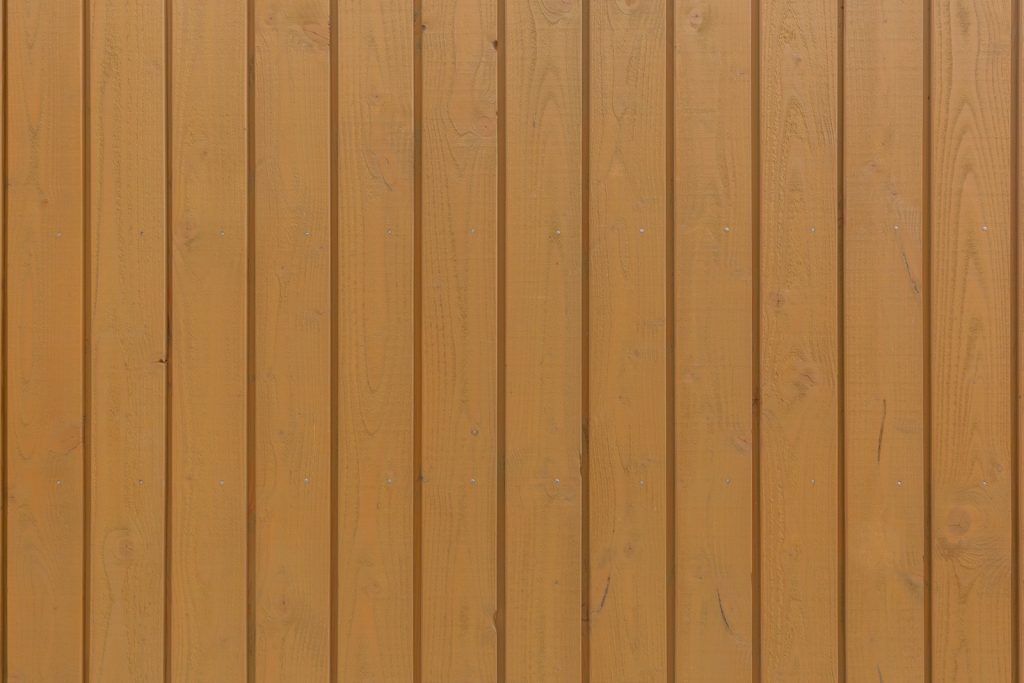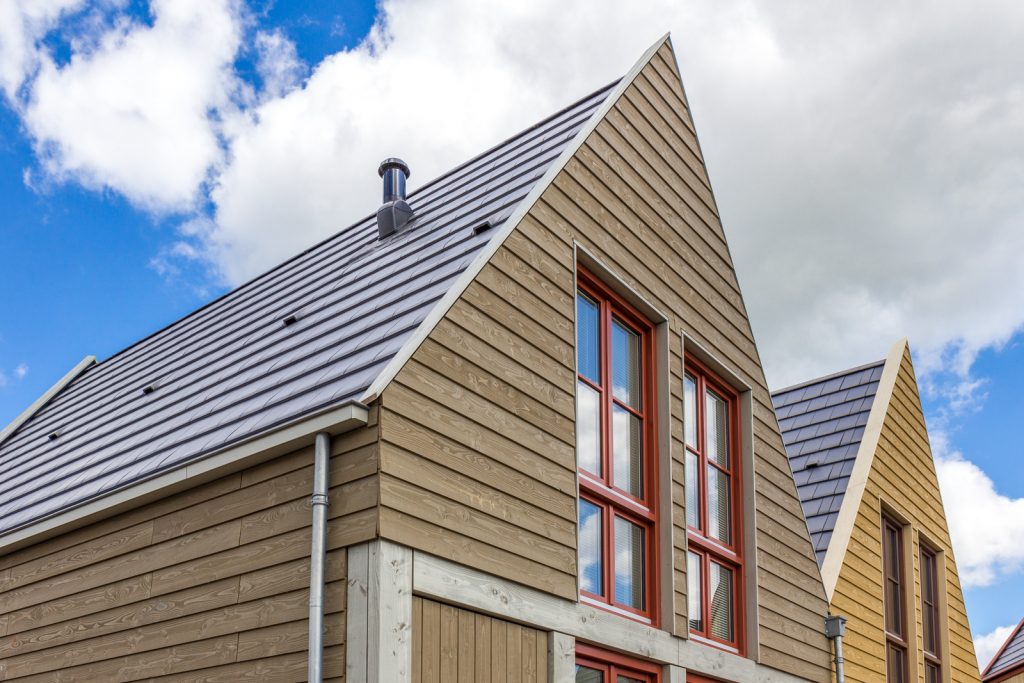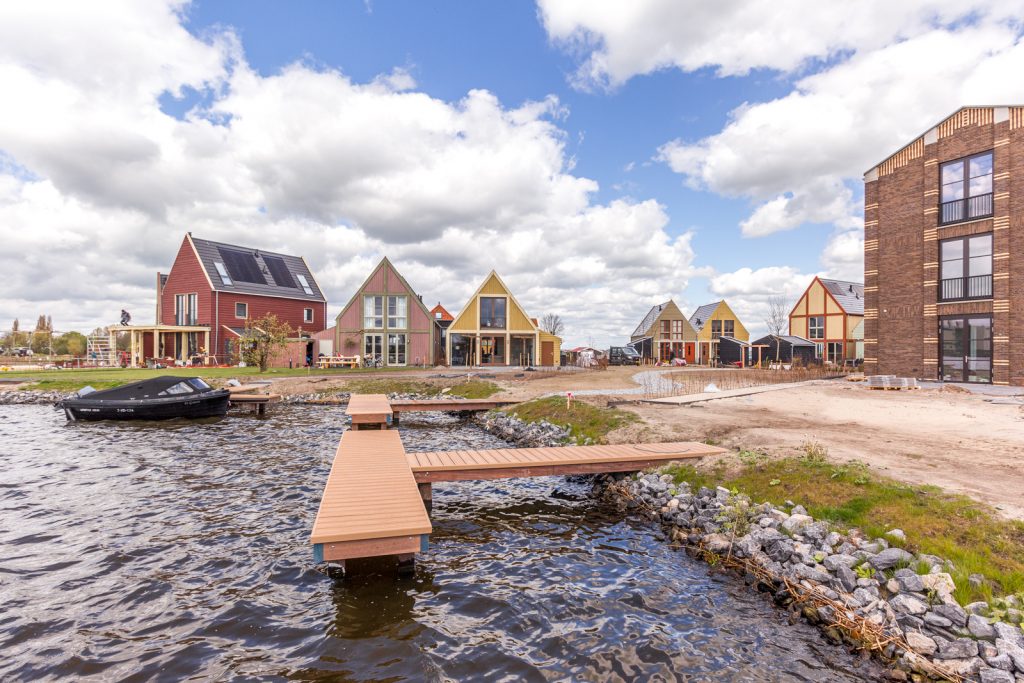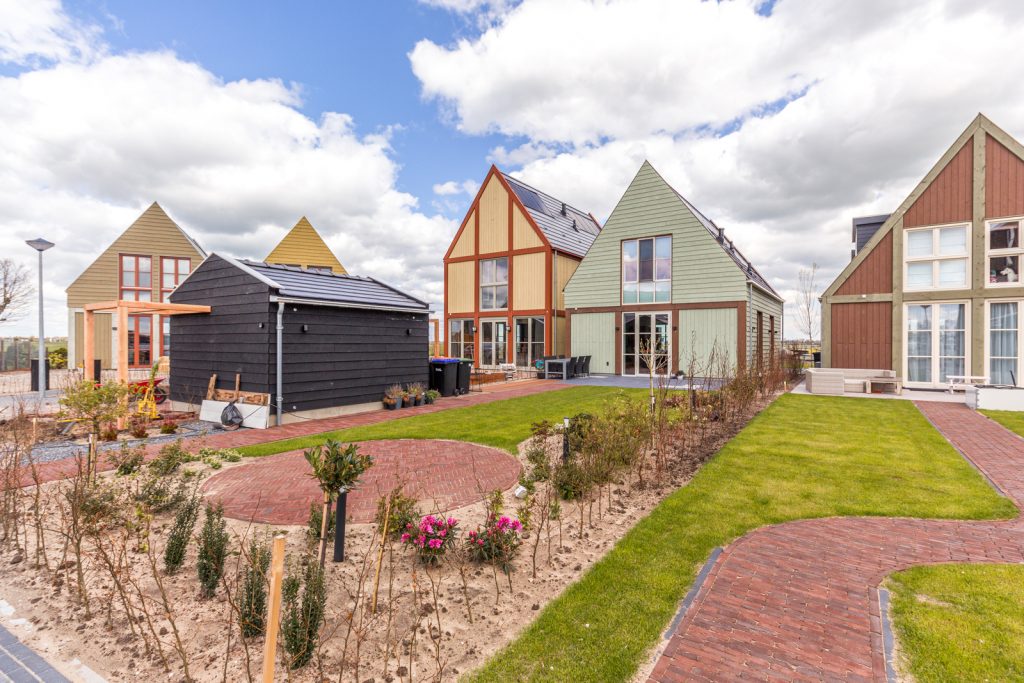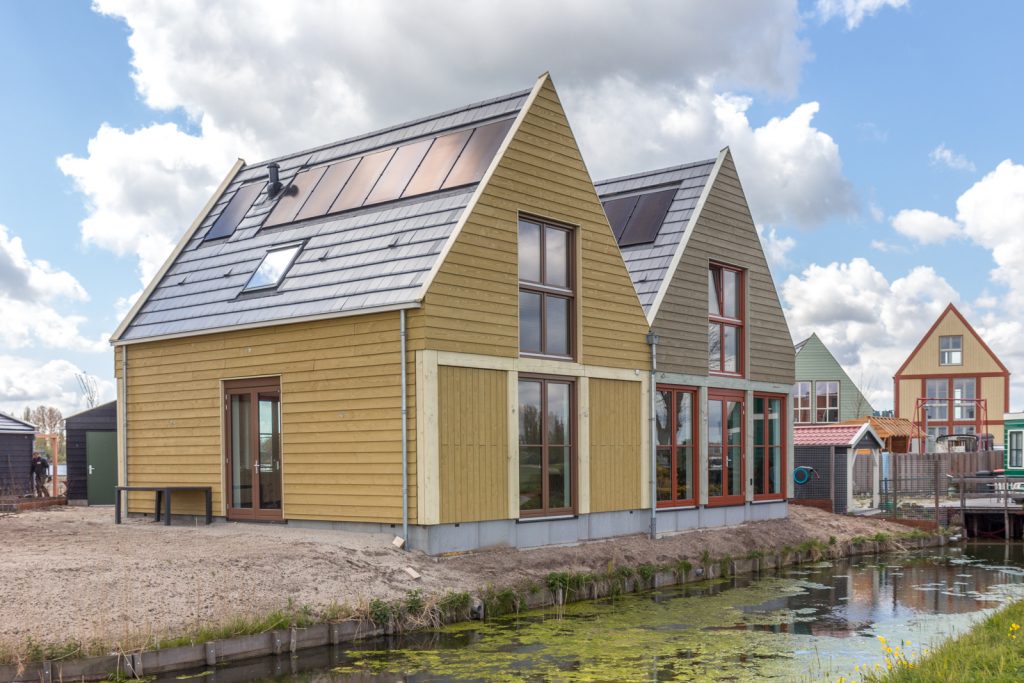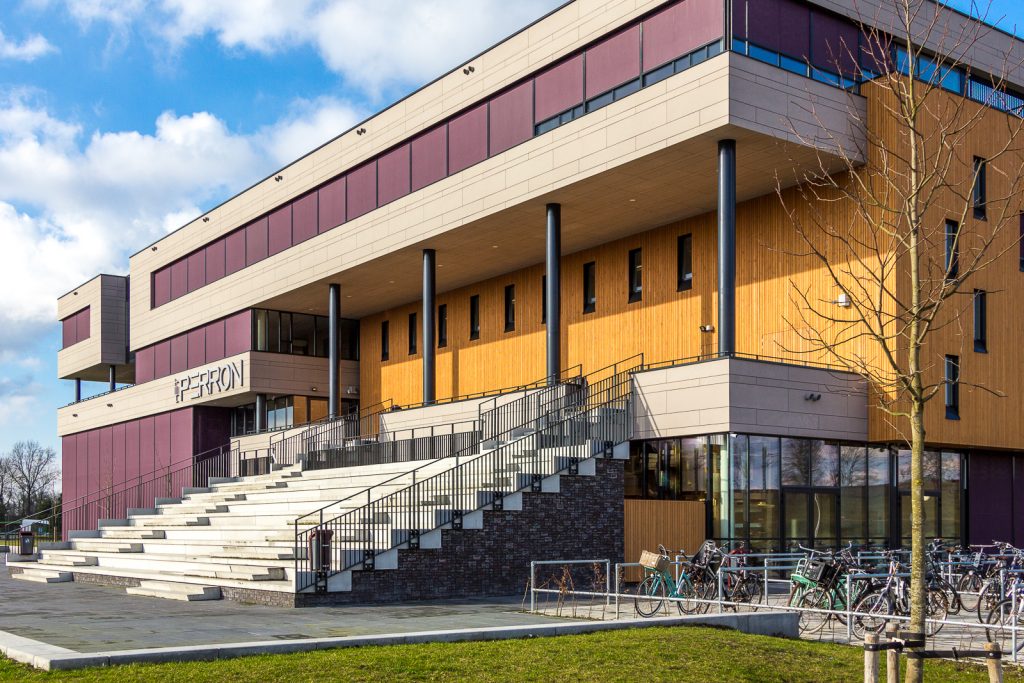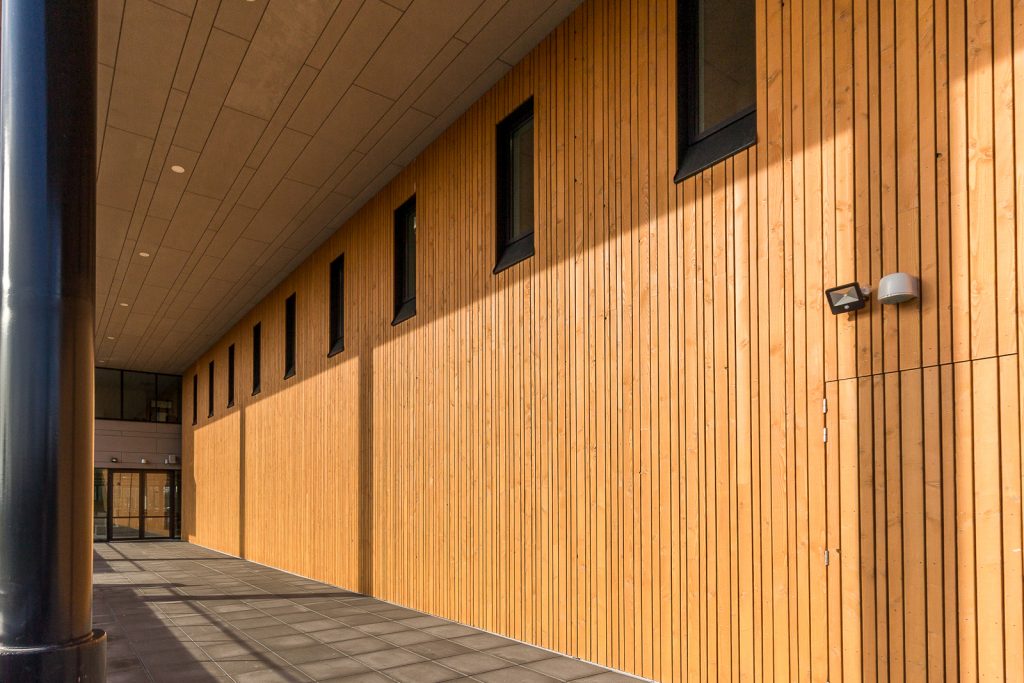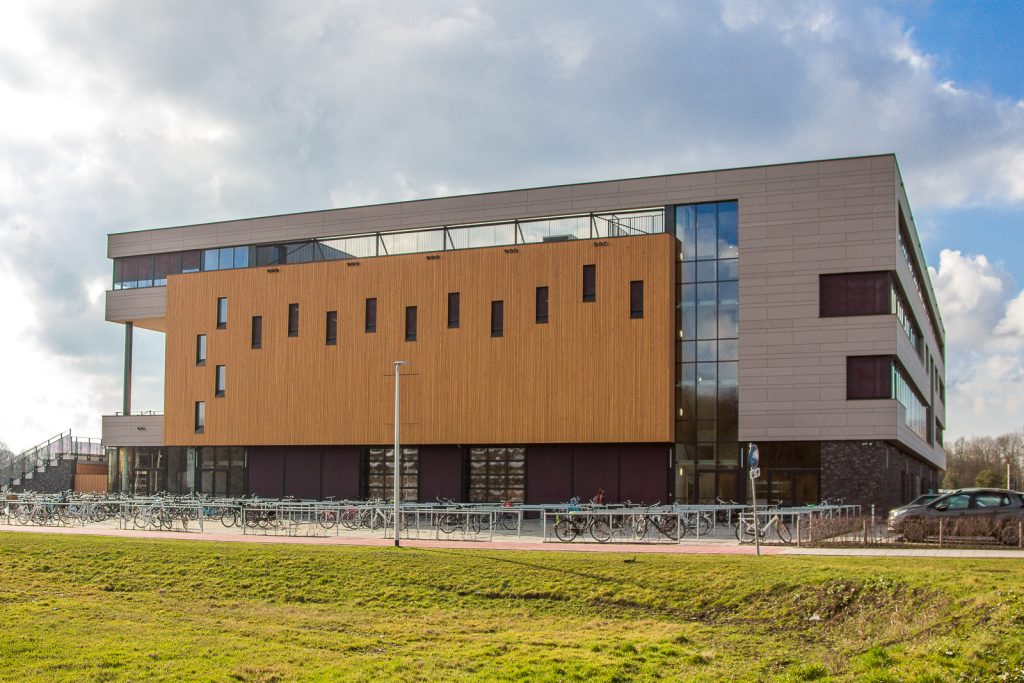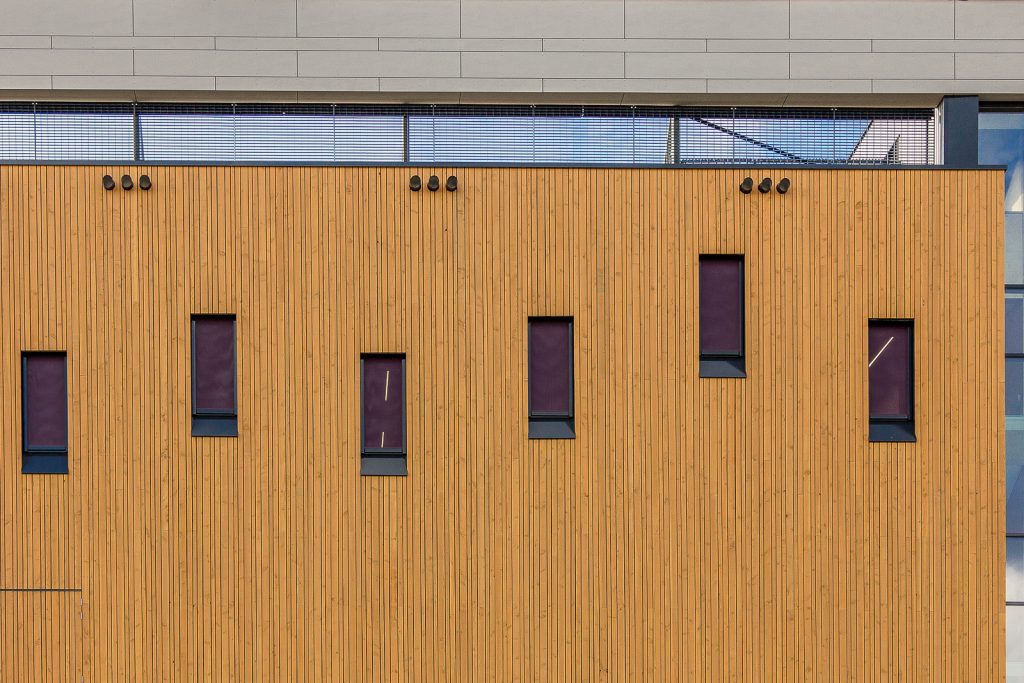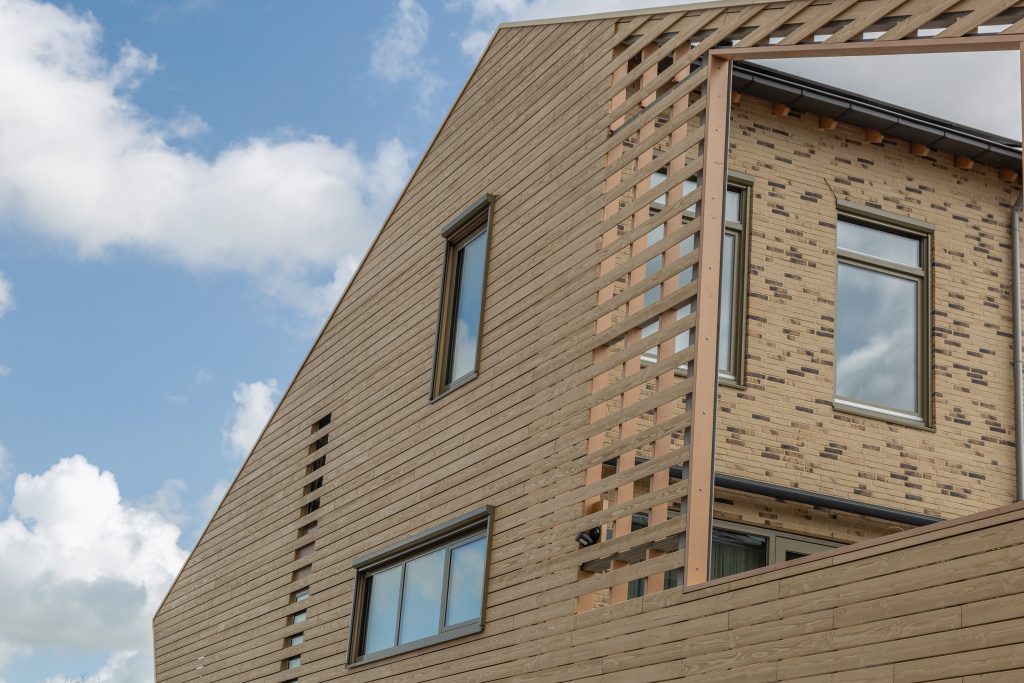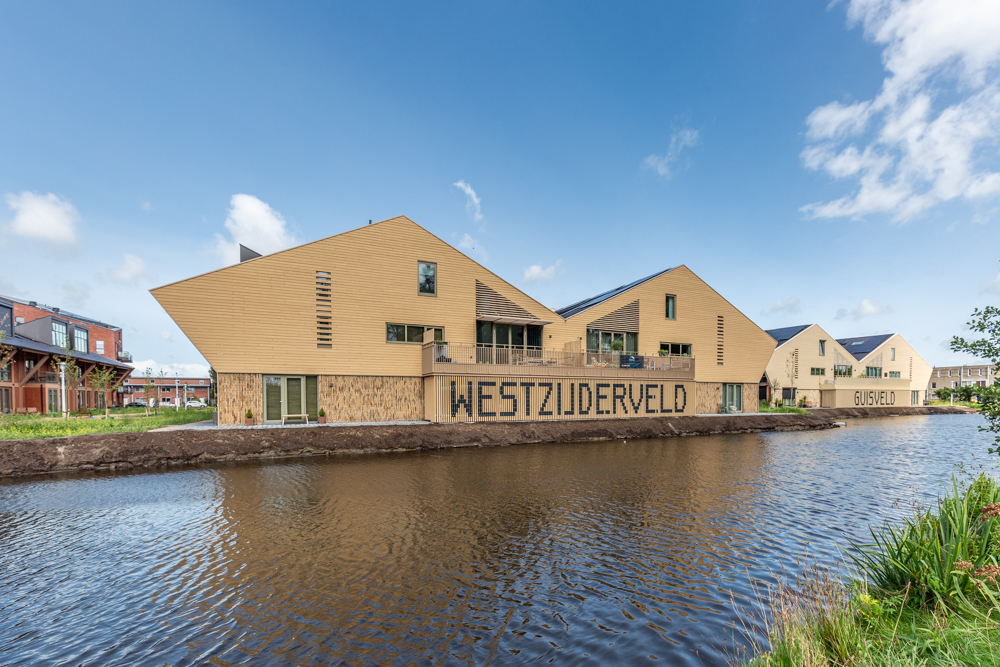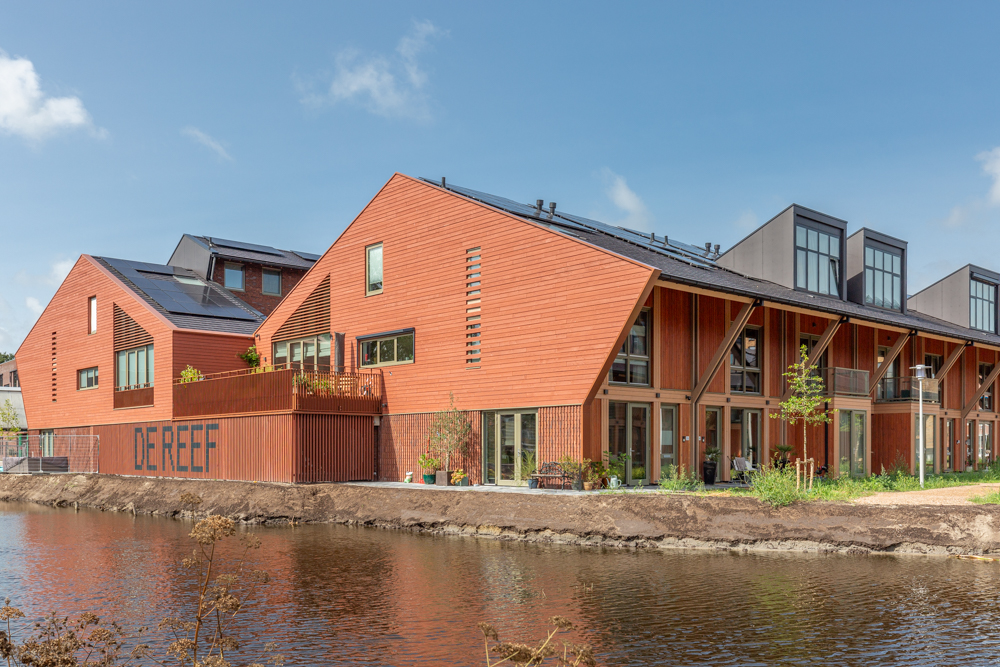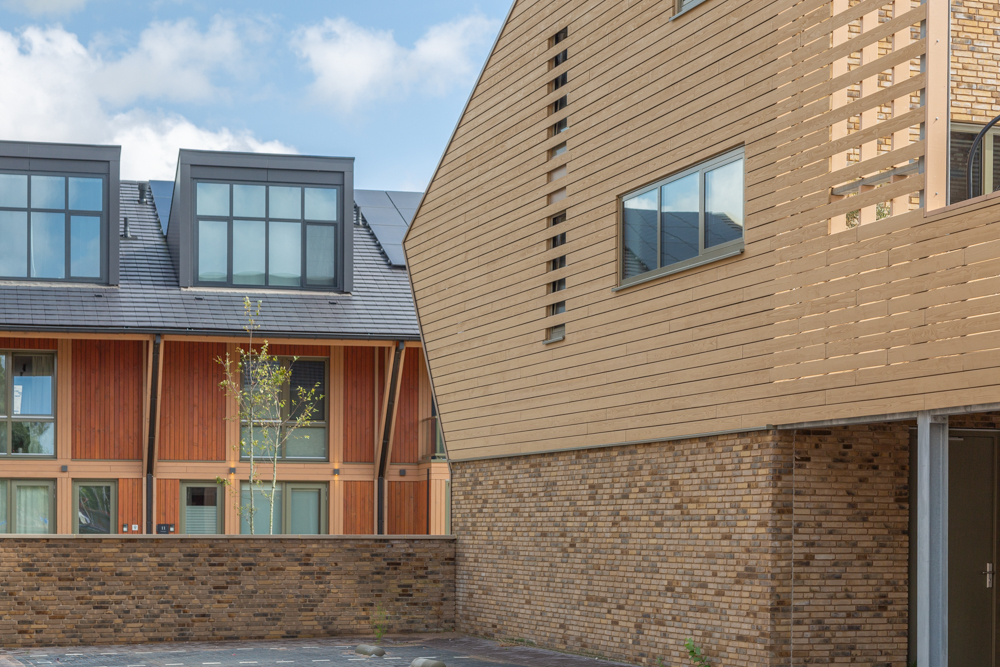Douglas wood is a popular and well-accepted softwood species. It has now proven to be a diverse and durable choice for all kinds of outdoor projects. Think, for example, of yard fencing, garden timber, verandas, storage sheds or wooden wall cladding. In this blog, we take a closer look at the features, applications and benefits of Douglas wood, and why it is the preferred choice for many construction projects.
Where does Douglas come from?
Douglas wood, sourced from the Douglas fir, is native to North America, where it is called ‘Oregon Pine’ or ‘Douglas Fir’. In Europe, Douglas wood is common in moderate ( pine) forests and is planted here mainly for timber production. Germany, France as well as the Netherlands are the main countries where European Douglas-fir has its origins. Due to differences in geography, climate and soil composition, Douglas fir generally grows faster here than in North America. This is characterised by larger annual rings, more tassels and a rougher structure and markings of the wood.

Why is Douglas fir special?
The advantage of this European wood species over its North American brother Oregon pine is its better availability in large quantities, dimensions and shorter supply lines. However, it is a somewhat rougher and slightly less durable, durability class 3-4 to class 3. For (exterior) applications such as wooden façade cladding, it is therefore recommended to further preserve the wood by pressure treatment. At Leegwater Houtbereiding, we pressure-treat Douglas wood with the metal-free preservative Woodlife HL50. This increases the durability to class 2, significantly extending the lifespan. It is excellent to saw and work with and is harder than e.g. spruce and pine.
Natural beauty and strength
One of the main reasons why Douglas fir is so popular is its natural appearance. This is partly due to its warm colour, reddish tones and distinct grain patterns. In addition, Douglas fir is strong and reasonably form-stable, which also makes it excellent for constructional applications.
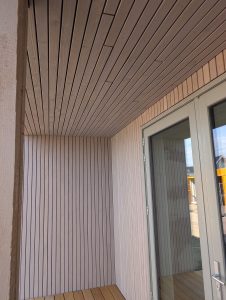
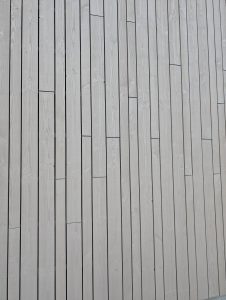
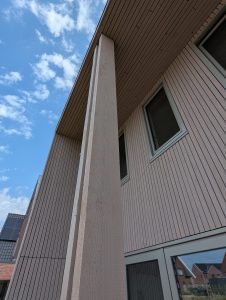
Leegwater Houtbereiding has acquired a great deal of experience with Douglas fir cladding and has a specially selected quality grade (Sorted Grade) for this purpose. This means that the logs are selected and the sawn timber is sorted according to various criteria. In addition, the timber is Kiln Dried. The Sorted Grade can be cut to desired widths with a standard thickness of 25mm. In addition, fixed lengths can also be graded in advance.
Treatment of Douglas
Depending on the client’s wishes, Leegwater can treat Douglas fir to colour with a paint system, e.g. Colorseen Acrylic Stain Mat or a pre-grey Sansin Woodsealer. If no paint system is chosen, the Douglas fir will naturally grey. If fire-retardant treatment is required, Douglas fir can be treated with Flame Delay® PT or Flame Delay® FX Pro.
We are proud of our projects. Below are some examples of projects in which Douglas fir plays the starring role.
We are happy to help you choose!
Choosing the right wood for your project can be a challenge. That’s why we are here to advise and help you make the best choice. Would you like more information about Douglas cladding. Feel free to contact us.


